Home>diy>Building & Construction>How To Recycle Waste From Construction
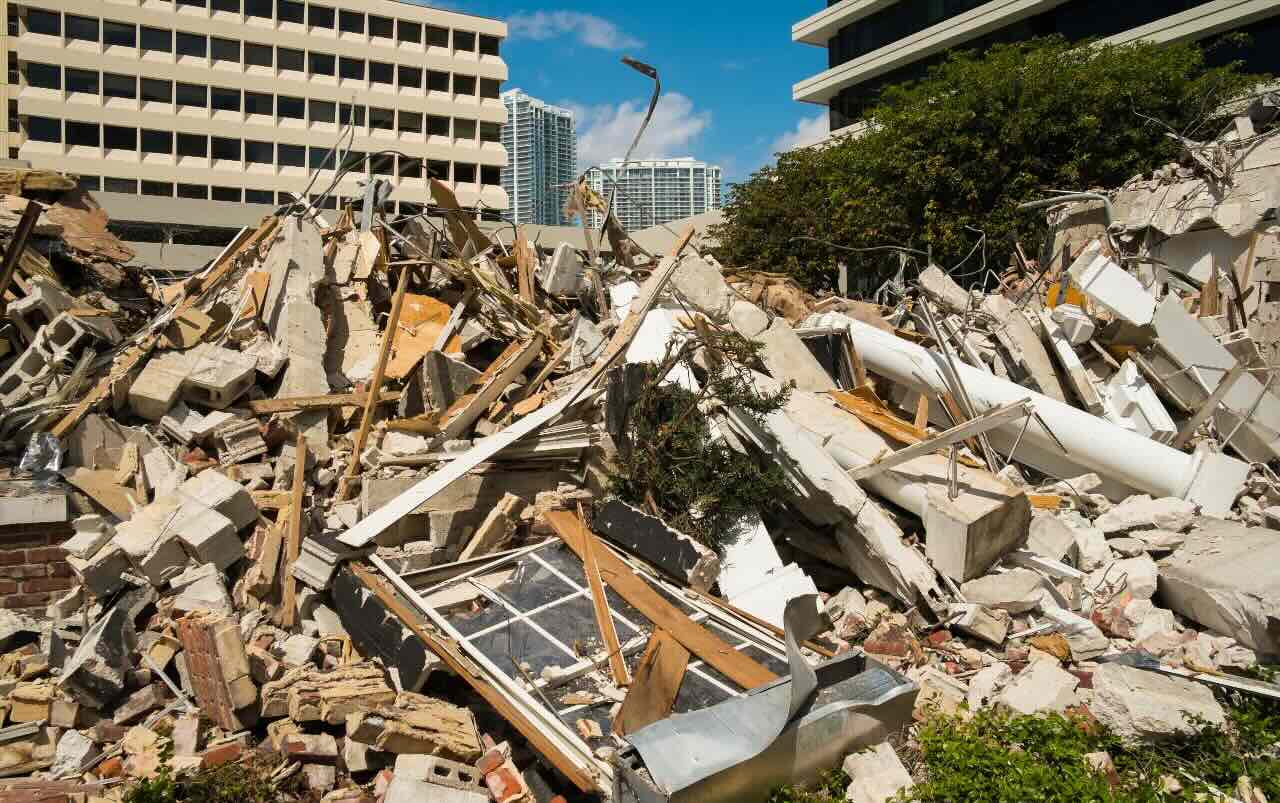

Building & Construction
How To Recycle Waste From Construction
Modified: January 6, 2024
Learn how to recycle waste from building construction projects and contribute to a more sustainable future. Discover innovative solutions for waste management and reduce environmental impact.
(Many of the links in this article redirect to a specific reviewed product. Your purchase of these products through affiliate links helps to generate commission for Storables.com, at no extra cost. Learn more)
Introduction
Construction is an essential industry that drives growth and development in economies around the world. However, one of the downsides of construction activities is the generation of significant amounts of waste. From leftover materials to demolition debris, construction waste poses environmental challenges and contributes to landfill saturation. But there is a solution – recycling construction waste.
Recycling construction waste involves the process of converting discarded materials into reusable resources, reducing the strain on natural resources and minimizing the environmental impact associated with construction projects. By adopting various recycling methods, construction companies can not only contribute towards sustainable practices but also save costs and enhance their reputation as environmentally responsible entities.
Throughout this article, we will explore the benefits of recycling construction waste, the types of waste commonly produced, the sorting and segregation process, and the various recycling options available for different construction materials.
Key Takeaways:
- Embracing construction waste recycling not only conserves resources and reduces environmental impact but also offers financial benefits and enhances a company’s reputation as an environmentally responsible entity.
- Effective construction waste recycling involves proper sorting, collaboration with recycling facilities, and continual improvement, contributing to a greener future and a more sustainable construction industry.
Benefits of Recycling Construction Waste
Recycling construction waste offers numerous advantages, both for the environment and the construction industry. Some of the key benefits include:
- Conservation of natural resources: By recycling construction waste, we reduce the demand for new raw materials, such as timber, minerals, and aggregates. This helps preserve natural resources, including forests, quarries, and riverbeds, which are often exploited for construction purposes.
- Reduction in landfill usage: Construction waste makes up a significant portion of landfills, contributing to their rapid filling and subsequent environmental issues. Recycling construction waste diverts these materials from landfills, ensuring their proper disposal and saving valuable landfill space.
- Energy savings: Recycling construction waste requires less energy compared to the production of new materials. For example, recycling aluminum saves up to 95% of the energy required to produce aluminum from raw materials.
- Financial savings: Recycling construction waste can lead to cost savings for construction companies. By reusing materials, companies can reduce the expenses associated with purchasing and transporting new materials.
- Positive public image: Embracing sustainable practices and recycling construction waste can enhance a company’s reputation by demonstrating a commitment to environmental responsibility and community welfare.
Now that we understand the benefits of recycling construction waste, let’s explore the different types of waste commonly generated during construction projects.
Key Takeaways:
- Embracing construction waste recycling not only conserves resources and reduces environmental impact but also offers financial benefits and enhances a company’s reputation as an environmentally responsible entity.
- Effective construction waste recycling involves proper sorting, collaboration with recycling facilities, and continual improvement, contributing to a greener future and a more sustainable construction industry.
Benefits of Recycling Construction Waste
Recycling construction waste offers numerous advantages, both for the environment and the construction industry. By diverting materials from landfills and repurposing them, we can contribute to a more sustainable future. Here are some key benefits of recycling construction waste:
- Conservation of natural resources: The construction industry heavily relies on various natural resources, including timber, minerals, and aggregates. By recycling construction waste, we can reduce the demand for new raw materials, preserving these valuable resources and mitigating the environmental impact associated with their extraction.
- Reduction in landfill usage: Construction waste constitutes a significant portion of landfill space. By recycling these materials, we not only alleviate the strain on landfills but also extend their lifespan. This helps address the growing landfill crisis and reduces the need for additional disposal sites.
- Energy savings: Recycling construction waste requires less energy compared to the production of new materials from virgin resources. For example, recycling aluminum saves up to 95% of the energy required to produce aluminum from raw materials. By conserving energy, we can reduce greenhouse gas emissions and combat climate change.
- Financial savings: Recycling construction waste can lead to cost savings for construction companies. By reusing materials such as bricks, concrete, and wood, companies can significantly reduce expenses associated with purchasing new materials. Additionally, recycling can lower waste disposal costs, as recycling facilities often charge less than landfill fees.
- Reduced pollution: Construction activities generate a significant amount of waste, which, if improperly disposed of, can contribute to pollution of land, water, and air. By recycling construction waste, we prevent the release of harmful substances and pollutants into the environment, promoting cleaner and healthier surroundings for everyone.
- Job creation and economic growth: The recycling industry not only helps protect the environment but also stimulates economic growth and job creation. By supporting recycling initiatives, we can contribute to the development of a sustainable green economy and provide employment opportunities in the recycling sector.
- Sustainable development: Recycling construction waste aligns with the principles of sustainable development, which seek to meet the needs of the present without compromising the ability of future generations to meet their own needs. By recycling and conserving resources, we promote a sustainable future for our communities.
By understanding and embracing the benefits of recycling construction waste, we can take significant steps towards a more sustainable and eco-friendly construction industry. Now let’s delve into the types of waste commonly generated during construction projects and how they can be efficiently sorted and segregated for recycling.
Types of Construction Waste
Construction projects generate a wide variety of waste materials, stemming from different stages of the building process. Understanding the types of construction waste is crucial for proper sorting, segregation, and recycling. Here are some common types of construction waste:
- Concrete: Concrete waste is a significant byproduct of construction activities, including demolished structures, leftover concrete from pouring, and excess materials from concrete production. Reusing and recycling concrete waste can help conserve natural resources and reduce the carbon footprint associated with concrete production.
- Bricks and masonry: Demolition and renovation projects often result in large amounts of brick and masonry waste. These materials can be recycled for use in new construction projects or crushed for use as aggregates in roadbeds or fill material.
- Wood: Wood waste is a common type of construction waste, typically generated from framing, flooring, and packaging materials. It can be recycled into mulch, animal bedding, or used as biomass fuel. Reclaiming and reusing wood waste not only reduces the pressure on forests but also minimizes the carbon emissions associated with the production and disposal of wood products.
- Metal: Metal waste, such as steel, aluminum, and copper, is abundant in construction projects. These materials can be recycled to produce new metal products, reducing the need for mining and refining raw materials. Metal recycling not only saves energy but also helps conserve natural resources and reduces greenhouse gas emissions.
- Plastics: Plastic waste in construction primarily includes packaging materials, pipes, and insulation. Recycling plastic waste reduces the consumption of fossil fuels required to produce new plastic materials and helps curb plastic pollution in the environment.
- Glass: Glass waste from windows, doors, and other architectural elements can be recycled and transformed into new glass products. Recycling glass reduces energy consumption and lowers the demand for raw materials like sand and limestone.
- Asphalt: Asphalt waste is generated from road construction, repairs, and demolition. It can be recycled and used as reclaimed asphalt pavement (RAP) in new asphalt mixes, reducing the reliance on virgin aggregates and decreasing the environmental impact of road construction.
- Plasterboard and drywall: Plasterboard waste is common in construction and renovation projects. It can be recycled into new plasterboard or used as a soil amendment for agricultural purposes. Proper disposal and recycling of plasterboard waste can prevent the release of harmful gases, such as hydrogen sulfide, in landfills.
- Paints and solvents: Construction sites generate waste materials like paint cans, solvents, and other chemicals. To minimize environmental pollution, it’s essential to properly dispose of or recycle these hazardous materials following local regulations and guidelines.
By being aware of the different types of construction waste, construction companies and individuals can effectively sort and segregate materials for recycling, contributing to a more sustainable and environmentally conscious construction industry. Now let’s explore the process of sorting and segregating construction waste to ensure efficient recycling.
Sorting and Segregation of Construction Waste
Proper sorting and segregation of construction waste is a crucial step in the recycling process. By effectively categorizing waste materials, we can maximize their recycling potential and ensure their proper disposal. Here are some guidelines for sorting and segregating construction waste:
- Preliminary assessment: Before starting a construction project, conduct a preliminary assessment to identify potential waste streams and develop a waste management plan. This plan should include strategies for waste reduction, reuse, and recycling.
- Onsite waste segregation: Implement an onsite waste segregation system to separate different types of waste materials. This can be done by providing designated containers or skip bins for specific waste categories, such as concrete, wood, metals, plastics, and others. Clearly label each container to avoid contamination and mix-up of materials.
- Educate site personnel: Train all construction site personnel, including workers, supervisors, and subcontractors, on the importance of waste segregation and recycling. Provide clear instructions on the proper disposal of different types of waste materials and encourage their active participation in the recycling efforts.
- Deconstruction and demolition: During demolition or deconstruction activities, carefully dismantle materials to facilitate their reuse or recycling. Separate salvageable items, such as doors, windows, and fixtures, for donation or resale.
- Material recovery facilities: Consider partnering with material recovery facilities (MRFs) that specialize in recycling construction waste. These facilities have the expertise and equipment to sort, process, and recycle various types of construction waste efficiently.
- Hazardous waste handling: Properly handle and dispose of hazardous waste materials, such as paints, solvents, and chemicals. Follow local regulations and guidelines for their safe disposal, and consider participating in hazardous waste collection programs.
- Reusable materials: Identify materials that can be reused on-site or in future projects. Salvage and store these materials, such as doors, windows, and lumber, in a designated area to prevent them from being mixed with other waste streams.
- Waste tracking and documentation: Keep track of the types and quantities of waste materials generated on-site. Maintain proper documentation and records of waste management activities, including recycling receipts, to demonstrate compliance with waste management regulations.
By implementing effective sorting and segregation practices, construction companies can optimize the recycling process and minimize the amount of waste sent to landfills. This not only reduces the environmental impact but also contributes to cost savings and the development of a more sustainable construction industry.
Now that we have explored the sorting and segregation process, let’s delve into the various recycling options available for different types of construction waste.
Recycling Options for Construction Waste
Recycling construction waste plays a crucial role in reducing environmental impact and promoting sustainability within the construction industry. By diverting materials from landfills and repurposing them, we can conserve resources and minimize waste. Here are some recycling options for different types of construction waste:
- Concrete recycling: Concrete waste can be crushed and reused as aggregate for new concrete production. This process, known as recycled concrete aggregate (RCA), reduces the need for virgin aggregates and helps conserve natural resources. Recycled concrete can also be used as a base material for roads and pavements.
- Wood recycling: Wood waste can be recycled into mulch, wood chips, or biomass fuel. Additionally, lumber and other wood materials can be reclaimed and refurbished for reuse in construction projects. By recycling wood waste, we reduce the demand for new timber, preserving forests and minimizing carbon emissions associated with wood production.
- Metal recycling: Scrap metal, such as steel, aluminum, and copper, can be melted down and recycled to produce new metal products. Recycling metals reduces the need for mining and refining raw materials, conserves energy, and minimizes greenhouse gas emissions. Construction companies can work with metal recycling facilities to ensure proper disposal and recycling of metal waste.
- Plastic recycling: Plastic waste from construction, such as packaging materials, pipes, and insulation, can be recycled into new plastic products. The recycling process involves sorting and processing the plastic waste into pellets or flakes, which can then be used to manufacture new plastic items. By recycling plastic waste, we reduce the consumption of fossil fuels required for plastic production and minimize plastic pollution in the environment.
- Glass recycling: Glass waste from windows, doors, and other architectural elements can be recycled into new glass products. The recycling process involves crushing and melting the glass to create new glass bottles, jars, or fiberglass insulation. Recycling glass conserves energy and reduces the demand for raw materials used in glass production, such as sand and limestone.
- Asphalt recycling: Asphalt waste from road construction, repairs, and demolition can be recycled and used as reclaimed asphalt pavement (RAP) in new asphalt mixes. This reduces the need for virgin aggregates and helps conserve natural resources. Incorporating RAP into asphalt mixes also improves pavement durability and reduces road construction costs.
- Plasterboard and drywall recycling: Plasterboard waste can be recycled into new plasterboard or used as a soil amendment in agriculture. Recycling plasterboard waste prevents the release of harmful gases, such as hydrogen sulfide, when disposed of in landfills. Construction companies can collaborate with recycling facilities that specialize in processing plasterboard waste.
- Paint recycling: Construction sites often generate waste materials such as paint cans and solvents. Proper disposal and recycling of these hazardous materials are essential to prevent environmental pollution. Many areas have specialized programs for collecting and recycling paint and other hazardous waste materials.
It is important for construction companies to assess the recycling options available in their local area and establish partnerships with recycling facilities. By embracing recycling practices and incorporating them into construction projects, we can reduce waste, conserve resources, and promote a more sustainable construction industry.
Now that we have explored the recycling options for construction waste, let’s dive into specific recycling methods for common construction materials such as concrete, wood, metal, and plastic.
Concrete Recycling
Concrete is one of the most widely used construction materials, and consequently, it generates a significant amount of waste. However, with the advent of concrete recycling techniques, this waste can be transformed into a valuable resource, reducing the environmental impact associated with concrete production. Here is an overview of concrete recycling:
Process of Concrete Recycling:
Concrete recycling involves the crushing and reusing of discarded concrete materials. The process typically includes the following steps:
- Demolition or Removal: When a concrete structure is demolished or removed, the concrete waste generated is collected and transported to a recycling facility or on-site recycling area.
- Crushing: The collected concrete waste is crushed using specialized equipment such as jaw crushers, impact crushers, or cone crushers. The crushing process breaks the concrete into smaller pieces, producing recycled concrete aggregate (RCA).
- Screening and Separation: The crushed concrete is then screened to remove any impurities or contaminants, such as metal or wood. Magnetic separators may be used to separate and remove metal reinforcement from the crushed concrete.
- Quality Control: The processed RCA undergoes rigorous quality control tests to ensure its suitability for various applications, such as road base, construction fill, or new concrete production.
- Reuse and Application: The recycled concrete aggregate is then ready for reuse. It can be used as a substitute for traditional aggregates in new concrete mixes, reducing the need for virgin aggregates and conserving natural resources. Alternatively, it can be used as a base material for road construction, fill material, or in other construction applications.
Benefits of Concrete Recycling:
Concrete recycling offers several benefits, both environmental and economic:
- Resource Conservation: Recycling concrete waste conserves natural resources by reducing the demand for virgin aggregates, such as gravel and sand. This helps protect natural habitats, riverbeds, and ecosystems that are often disrupted by aggregate extraction.
- Energy and Emission Reductions: The process of recycling concrete requires less energy compared to concrete production using virgin materials. Furthermore, the use of recycled concrete reduces carbon emissions associated with transportation and manufacturing processes.
- Landfill Diversion: By recycling concrete waste, we can divert a significant amount of material from landfills, reducing the strain on landfill capacity and minimizing the environmental impact of waste disposal.
- Cost Savings: Recycling concrete can lead to cost savings for construction projects. By reusing the recycled concrete aggregate, construction companies can reduce the costs associated with purchasing and transporting new aggregates. Additionally, the use of recycled concrete in construction projects may contribute to attaining LEED (Leadership in Energy and Environmental Design) certification, which further enhances a project’s marketability and financial benefits.
Key Considerations:
While concrete recycling offers numerous advantages, it is essential to consider certain factors:
- Quality Control: Recycled concrete must undergo rigorous quality control testing to ensure its suitability for various applications. The quality of the recycled concrete aggregate plays a vital role in determining its strength, durability, and performance in construction projects.
- Environmental Impacts: Concrete recycling should be carried out in compliance with local environmental regulations and guidelines. Special care must be taken to avoid the release of dust, pollutants, or contaminants into the air, water bodies, or surrounding ecosystem during the crushing and handling processes.
- Proper Disposal of Non-Recyclable Materials: It is important to separate and properly dispose of non-recyclable materials, such as paint, coatings, or other hazardous substances, before recycling the concrete. These materials should be handled and disposed of following local regulations and guidelines.
By embracing concrete recycling practices, the construction industry can contribute to a more sustainable future by reducing waste, conserving resources, and minimizing the environmental impact of concrete production. Concrete recycling is a key component of the circular economy, helping to close the materials loop and promote a more efficient and responsible construction industry.
Next, let’s explore the recycling options available for wood waste in construction projects.
Consider sorting and separating construction waste into categories such as wood, metal, concrete, and drywall. This will make it easier to recycle and reduce the amount of waste sent to landfills.
Wood Recycling
Wood waste is a significant byproduct of construction activities, but it can be recycled and repurposed, reducing the demand for new timber and minimizing environmental impact. Wood recycling is an essential practice that promotes sustainability in the construction industry. Here is an overview of wood recycling:
Types of Wood Waste:
Wood waste in construction can stem from various sources, including:
- Building Demolition: Demolishing old structures generates a substantial amount of wood waste, including beams, joists, and timber frames.
- Packaging and Shipping Materials: Wood is often used for packaging and shipping materials, such as pallets, crates, and containers, which can be reused or recycled.
- Construction Offcuts: During construction, wood materials are cut and trimmed, resulting in offcuts and scraps that can be reused or repurposed.
- Renovation and Remodeling: Renovation projects may generate wood waste from the removal of old flooring, cabinets, doors, and windows.
Methods of Wood Recycling:
Wood recycling involves transforming used or discarded wood into new products or using it as biomass fuel. Here are some common methods of wood recycling:
- Reclaimed Wood: Salvaging and reusing wood materials is a sustainable practice. Unwanted, but still usable wood, such as old beams or flooring, can be reclaimed and refurbished for use in new construction projects or sold for architectural or decorative purposes.
- Wood Chip and Mulch Production: Wood waste can be chipped or shredded to produce wood chips or mulch. These products have various applications, such as landscaping, erosion control, or composting.
- Biomass Energy: Wood waste can be processed and used as biomass fuel for heating systems or power generation. This practice utilizes the energy content in wood waste and reduces reliance on fossil fuels.
- Composite Wood Products: Wood waste can be processed and turned into composite wood products, such as particleboard, fiberboard, or engineered lumber. These materials offer a cost-effective and environmentally friendly alternative to traditional wood products.
Benefits of Wood Recycling:
Wood recycling offers several benefits, both for the environment and the construction industry:
- Resource Conservation: By recycling wood waste, we reduce the demand for new timber, helping to conserve forests and protect biodiversity. Preserving forests is vital for carbon sequestration and mitigating climate change.
- Waste Reduction: Recycling wood waste diverts it from landfills, reducing the strain on landfill capacity and minimizing greenhouse gas emissions associated with decomposition.
- Energy Savings: Utilizing wood waste as biomass fuel reduces reliance on non-renewable energy sources, such as coal or natural gas.
- Cost Savings: Reusing or recycling wood materials can lower construction costs by reducing the need to purchase new timber. Additionally, some reclaimed wood products have higher market value, offering potential financial benefits.
- Circular Economy: Wood recycling contributes to the principles of the circular economy by closing the materials loop and promoting the reuse and repurposing of resources.
Considerations for Wood Recycling:
While wood recycling offers numerous advantages, there are some important considerations:
- Contamination: Wood waste should be separated from other materials, such as metal or plastic, to ensure the quality of recycled wood products. Contaminated wood may not be suitable for all recycling processes.
- Treatment and Coatings: Some wood may be treated with preservatives or have coatings, such as paint or varnish. It is important to consider these factors when determining the best recycling options and potential applications.
- Regulations and Guidelines: Follow local regulations and guidelines for handling and recycling wood waste, particularly when it comes to the disposal of treated or hazardous wood.
By practicing wood recycling, the construction industry can reduce waste, conserve resources, and promote sustainable construction practices. Reusing or repurposing wood waste not only reduces environmental impact but also adds character and uniqueness to construction projects.
Next, let’s explore the recycling options available for metal waste in construction.
Metal Recycling
Metal waste is a common byproduct of construction projects, and recycling metal materials offers significant environmental and economic benefits. Metal recycling helps conserve natural resources, reduces energy consumption, and minimizes greenhouse gas emissions. Here is an overview of metal recycling in the construction industry:
Types of Metal Waste:
Construction projects generate various types of metal waste, including:
- Steel: Steel waste is abundant in construction due to the use of structural steel beams, columns, and reinforcement bars.
- Aluminum: Aluminum waste can come from window frames, doors, cladding, or other architectural elements.
- Copper: Copper waste may be generated from electrical wiring, plumbing systems, or copper pipes used in construction.
- Other Metals: Other metals like brass, bronze, or stainless steel may also be present in construction waste.
Process of Metal Recycling:
Metal recycling typically involves the following steps:
- Collection and Sorting: Metal waste is collected and sorted based on its type and grade. Proper sorting ensures that different metals are not mixed together, as each metal requires specific recycling processes.
- Shredding and Crushing: Large metal pieces, such as beams or structures, are shredded or crushed into smaller fragments for easier handling and processing.
- Melting and Purification: The shredded or crushed metal is then melted in furnaces to remove impurities and contaminants. This process purifies the metal and prepares it for further processing.
- Casting and Forming: The purified metal is cast into ingots or shaped into new metal products, such as sheets, rods, bars, or pipes. These products can then be used in various industries, including construction.
- Manufacturing: Recycled metal can be used as a raw material for manufacturing new construction materials or incorporated into new products, such as appliances, fixtures, or equipment.
Benefits of Metal Recycling:
Metal recycling offers numerous advantages, both for the environment and the construction industry:
- Resource Conservation: By recycling metal waste, we reduce the need for virgin metal ores and the associated environmental impacts of mining and extraction. Conserving metal resources helps preserve natural habitats and reduces deforestation and land degradation.
- Energy Savings: Recycling metals requires significantly less energy compared to mining and refining raw materials. For example, recycling aluminum saves up to 95% of the energy required for producing aluminum from bauxite ore.
- Reduced Emissions: Metal recycling helps reduce greenhouse gas emissions associated with mining, extraction, and manufacturing processes. By saving energy during recycling, we also decrease the environmental impact of metal production.
- Economic Impacts: Metal recycling contributes to job creation and stimulates economic growth in the recycling industry. Additionally, it can help lower construction costs by reducing the need for purchasing new metal materials.
- Waste Diversion: Diverting metal waste from landfills reduces the strain on limited landfill space. Furthermore, proper disposal and recycling of metal waste prevent potential pollution and contamination of soil and groundwater.
Key Considerations:
When it comes to metal recycling, there are some important considerations to keep in mind:
- Quality Control: Metal recycling facilities should conduct proper testing to ensure the quality and integrity of the recycled metal. This ensures that recycled metal meets industry standards and is suitable for various applications.
- Regulations and Compliance: Follow local regulations and guidelines for the handling and recycling of metal waste. Dispose of hazardous materials or substances properly and adhere to safety protocols during recycling processes.
- Material Purity: Metal waste should be properly sorted and separated to ensure the purity of the recycled metal. Contamination from other materials can affect the quality and properties of the recycled metal.
By embracing metal recycling practices, the construction industry can significantly reduce the environmental impact associated with metal production and effectively utilize available resources. Metal recycling contributes to a circular economy by closing the materials loop and promoting sustainable construction practices.
Next, let’s explore the recycling options for plastic waste generated during construction projects.
Plastic Recycling
Plastic waste is a significant environmental concern, and its proper recycling and disposal are crucial for reducing pollution and promoting sustainability. In the construction industry, plastic waste can arise from packaging materials, pipes, insulation, and various other applications. Plastic recycling offers a solution to minimize the environmental impact associated with plastic waste. Here is an overview of plastic recycling in construction:
Types of Plastic Waste:
Construction projects generate various types of plastic waste, including:
- Packaging Materials: Plastic packaging materials, such as wrapping films, bags, and foam cushioning, contribute to plastic waste generation on construction sites.
- Pipes and Fittings: Plastic pipes and fittings used in plumbing systems, drainage, or irrigation can become waste during construction or renovation projects.
- Insulation Materials: Some insulation materials, like foam boards or spray foam, are made of plastic and can contribute to plastic waste if not properly managed.
- Construction Materials: Plastic materials, such as vinyl siding, roofing membranes, or composite decking, are commonly used in construction and can be recycled at the end of their life cycle.
Methods of Plastic Recycling:
Plastic recycling involves converting plastic waste into new products or raw materials through various processes. Here are some common methods of plastic recycling:
- Mechanical Recycling: The most common method, mechanical recycling, involves sorting and cleaning plastic waste, melting it down, and reshaping it into new plastic products. Mechanical recycling is suitable for plastic waste that can be easily identified and separated, such as PVC, HDPE, LDPE, or PET.
- Chemical Recycling: Chemical recycling, also known as advanced recycling or feedstock recycling, transforms plastic waste back into monomers or other chemical compounds to be used as raw materials for new plastics. This process enables recycling of mixed or contaminated plastics that are difficult to mechanically process.
- Composite Recycling: Plastic waste can be incorporated into composite materials by combining it with other materials, such as wood fibers or recycled fibers. This method allows the reuse of plastics in construction applications, such as decking, fencing, or outdoor furniture.
- Energetic Recovery: In cases where plastic waste cannot be effectively recycled, it can be used as a source of energy through incineration or gasification. Energy recovery from plastics can help reduce reliance on fossil fuels and contribute to the generation of renewable energy.
Benefits of Plastic Recycling:
Plastic recycling offers several benefits, both for the environment and the construction industry:
- Resource Conservation: Recycling plastic waste reduces the demand for virgin plastic derived from fossil fuels, conserving non-renewable resources and minimizing the environmental impact of plastic production.
- Energy Savings: The recycling process requires significantly less energy compared to the production of new plastic. Recycling plastics helps reduce greenhouse gas emissions and decrease reliance on fossil fuels.
- Waste Diversion: By recycling plastic waste, we divert it from landfills, reducing the strain on limited landfill space and preventing potential pollution or contamination of soil and water sources.
- Reduction of Plastic Pollution: Properly recycling plastic waste helps prevent plastic pollution in the environment, particularly in oceans and waterways, where plastic debris can harm marine life and ecosystems.
- Market Demand for Recycled Plastics: The demand for recycled plastics is growing, providing opportunities for construction companies to contribute to the circular economy and meet sustainability goals.
Considerations for Plastic Recycling:
When engaging in plastic recycling, there are some important considerations to keep in mind:
- Proper Sorting and Segregation: Properly sort and segregate plastic waste according to its type and grade to ensure efficient recycling. Contamination from non-recyclable materials can compromise the quality and recyclability of plastic waste.
- Plastic Identification: Identify the different types of plastic used in construction to determine the appropriate recycling methods. Look for identification codes, such as the Resin Identification Code, on plastic products to facilitate sorting and recycling processes.
- Awareness of Local Recycling Facilities: Understand the capabilities and processes of local recycling facilities to ensure that plastic waste can be properly recycled in the region. Collaborate with recycling partners who specialize in plastic recycling.
- Education and Communication: Educate construction site personnel and stakeholders about the importance of proper plastic waste management and recycling practices. Communicate guidelines and protocols to ensure the proper disposal and segregation of plastic waste.
By embracing plastic recycling practices, the construction industry can significantly reduce plastic waste and contribute to a more sustainable future. Proper recycling and responsible plastic waste management play a vital role in reducing environmental pollution and promoting circular economy principles.
Next, let’s explore other recycling options that can be utilized for construction waste beyond concrete, wood, metal, and plastic.
Other Recycling Options
While concrete, wood, metal, and plastic recycling are some of the key recycling options for construction waste, there are additional materials that can also be recycled to minimize environmental impact and promote sustainability. Here are some other recycling options for construction waste:
- Glass Recycling: Glass waste from windows, doors, and architectural elements can be recycled to create new glass products. The recycling process involves crushing and melting the glass, which can then be molded into new bottles, jars, or fiberglass insulation. Recycling glass conserves energy and reduces the demand for raw materials.
- Asphalt Recycling: Asphalt waste generated from road construction, maintenance, or demolition can be recycled and used as reclaimed asphalt pavement (RAP). RAP is blended with new asphalt mixtures, reducing the need for virgin aggregates and preserving natural resources. Recycling asphalt also helps improve pavement performance and reduces road construction costs.
- Plasterboard and Drywall Recycling: Plasterboard waste, commonly generated during construction and renovation projects, can be recycled. The gypsum within plasterboard can be separated and recycled for use in the production of new plasterboard or as a soil amendment in agriculture. Proper recycling of plasterboard waste prevents the release of harmful gases in landfills.
- Paint Recycling: Construction sites often generate waste materials like paint cans, solvents, and other chemicals. Proper disposal and recycling of these hazardous materials are important to prevent environmental pollution. Many areas have specialized programs for collecting and recycling paint and other hazardous waste materials.
- Electrical and Electronic Waste (E-Waste) Recycling: Construction projects may involve the installation or replacement of electrical and electronic equipment. E-waste, such as old computers, printers, or wiring, can be recycled to recover valuable metals and minimize the environmental impact of improper disposal. Electronic recycling facilities specialize in the proper handling and recycling of e-waste.
- Rubble Recycling: Construction and demolition rubble, including concrete, bricks, stones, and other debris, can be recycled for use as gravel, aggregate, or fill material. The recycling process involves crushing and screening the rubble to produce recycled materials suitable for various construction applications.
- Organic Waste Recycling: Construction activities may generate organic waste, such as branches, leaves, or soil. This waste can be composted or processed through anaerobic digestion to produce organic fertilizer or renewable energy. Recycling organic waste reduces the need for chemical fertilizers and diverts waste from landfills.
Each of these recycling options contributes to waste reduction, resource conservation, and the promotion of a circular economy within the construction industry. By integrating these recycling practices into construction projects, we can move closer to a more sustainable future.
Now that we have explored various recycling options for construction waste, let’s move on to guidelines for effective construction waste recycling.
Guidelines for Effective Construction Waste Recycling
To ensure successful construction waste recycling, it is important to follow guidelines and best practices that optimize the process. By implementing effective waste management strategies, construction companies can maximize the recycling potential and minimize the environmental impact. Here are some guidelines for effective construction waste recycling:
- Waste Assessment and Planning: Conduct a waste assessment at the start of each project to identify potential waste streams. Develop a waste management plan that includes strategies for waste reduction, reuse, and recycling based on the project’s specific needs.
- Educate and Train: Educate site personnel, including workers, supervisors, and subcontractors, about the importance of waste management and recycling. Provide training on proper waste segregation, sorting, and disposal techniques to ensure consistent adherence to recycling practices.
- Onsite Sorting and Segregation: Set up a designated area or use separate containers for different types of waste materials. Clearly label each container to facilitate proper sorting and segregation of recyclable materials such as concrete, wood, metal, plastic, and glass.
- Collaborate with Recycling Facilities: Establish partnerships with local recycling facilities that specialize in processing construction waste. Understand the capabilities and materials accepted by these facilities to ensure that waste materials can be effectively recycled.
- Proper Storage and Protection: Store recyclable materials in a clean and dry area to prevent contamination and damage. Protect materials from weather elements, such as rain or excessive sunlight, that may degrade their quality or render them unsuitable for recycling.
- Hazardous Waste Handling: Properly identify and handle hazardous waste materials, such as paint, solvents, or chemicals, following local regulations and guidelines. Dispose of hazardous waste through certified and authorized channels to prevent environmental pollution.
- Maximize Reusability: Identify materials that can be reused on-site or in future projects. Salvage and store reusable items, such as doors, windows, or lumber, in a designated area to prevent them from being mixed with other waste streams.
- Record Keeping: Maintain documentation and records of waste management activities, including recycling receipts, waste disposal manifests, and waste tracking logs. This documentation helps demonstrate compliance with waste management regulations and supports sustainability reporting.
- Monitoring and Auditing: Regularly monitor and evaluate the effectiveness of the waste management and recycling program. Conduct waste audits to identify areas for improvement and implement corrective actions to optimize recycling efforts.
- Continual Improvement: Foster a culture of waste reduction and recycling within the construction company. Encourage feedback and suggestions from site personnel and stakeholders to continually improve waste management practices and explore innovative recycling solutions.
Adhering to these guidelines for effective construction waste recycling can lead to significant environmental benefits, cost savings, and a positive corporate image. By promoting a sustainable approach to waste management, the construction industry can contribute to a greener future.
Now, let’s conclude our exploration of construction waste recycling.
Conclusion
Construction waste presents significant challenges to the environment, with its disposal contributing to landfill saturation and resource depletion. However, through effective recycling practices, the construction industry can make a positive impact on the environment while also reaping economic benefits. Recycling construction waste reduces the strain on natural resources, conserves energy, minimizes greenhouse gas emissions, and promotes a circular economy.
By properly sorting and segregating different types of waste materials, such as concrete, wood, metal, plastic, and others, construction companies can optimize the recycling process. Concrete can be crushed and used as recycled concrete aggregate (RCA), while wood waste can be reclaimed, chipped, or used as biomass energy. Metals can be melted down and reshaped into new products, and plastic waste can be mechanically or chemically recycled. Additionally, glass, asphalt, plasterboard, paint, e-waste, rubble, and organic waste can also be recycled to reduce waste and conserve resources.
To maximize the effectiveness of construction waste recycling, it is crucial to follow guidelines and best practices. Conducting waste assessments, educating and training personnel, collaborating with recycling facilities, and properly storing and protecting recyclable materials are essential steps in the process. Additionally, handling hazardous waste responsibly, maximizing reusability of materials, and maintaining thorough documentation for compliance and record-keeping purposes are crucial to the success of recycling efforts.
By embracing efficient construction waste recycling practices, the construction industry can contribute to a more sustainable future. Recycling not only minimizes environmental impact but also offers financial advantages by reducing material costs and potentially attracting eco-conscious clients. Furthermore, the implementation of recycling practices enhances a company’s reputation as an environmentally responsible organization, fostering customer loyalty and attracting environmentally conscious partners and stakeholders.
In conclusion, as the construction industry continues to grow, it is crucial to prioritize and prioritize sustainable waste management and recycling practices. By reducing waste, conserving resources, and minimizing environmental impact, the construction industry can pave the way for a greener and more sustainable future.
Frequently Asked Questions about How To Recycle Waste From Construction
Was this page helpful?
At Storables.com, we guarantee accurate and reliable information. Our content, validated by Expert Board Contributors, is crafted following stringent Editorial Policies. We're committed to providing you with well-researched, expert-backed insights for all your informational needs.
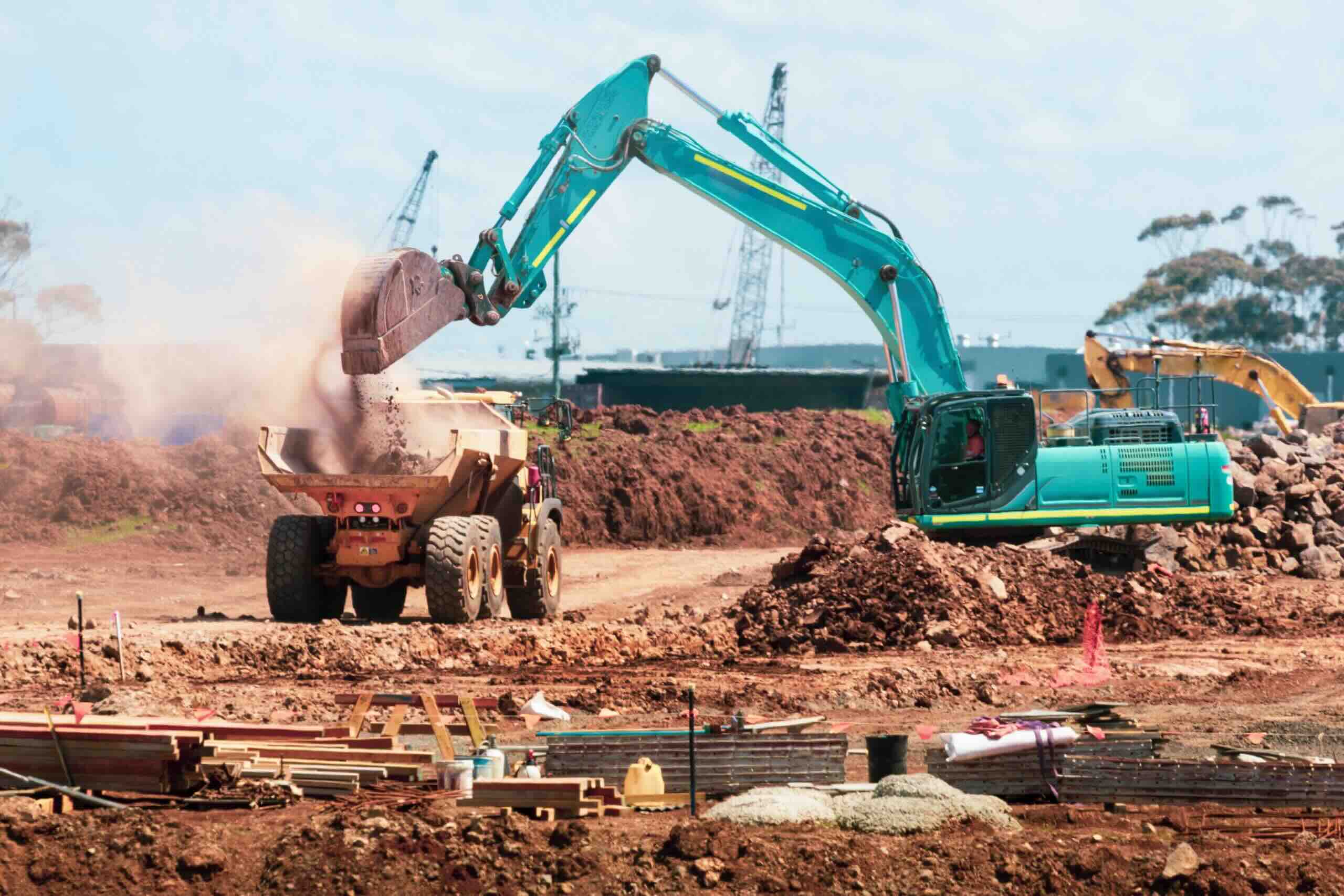
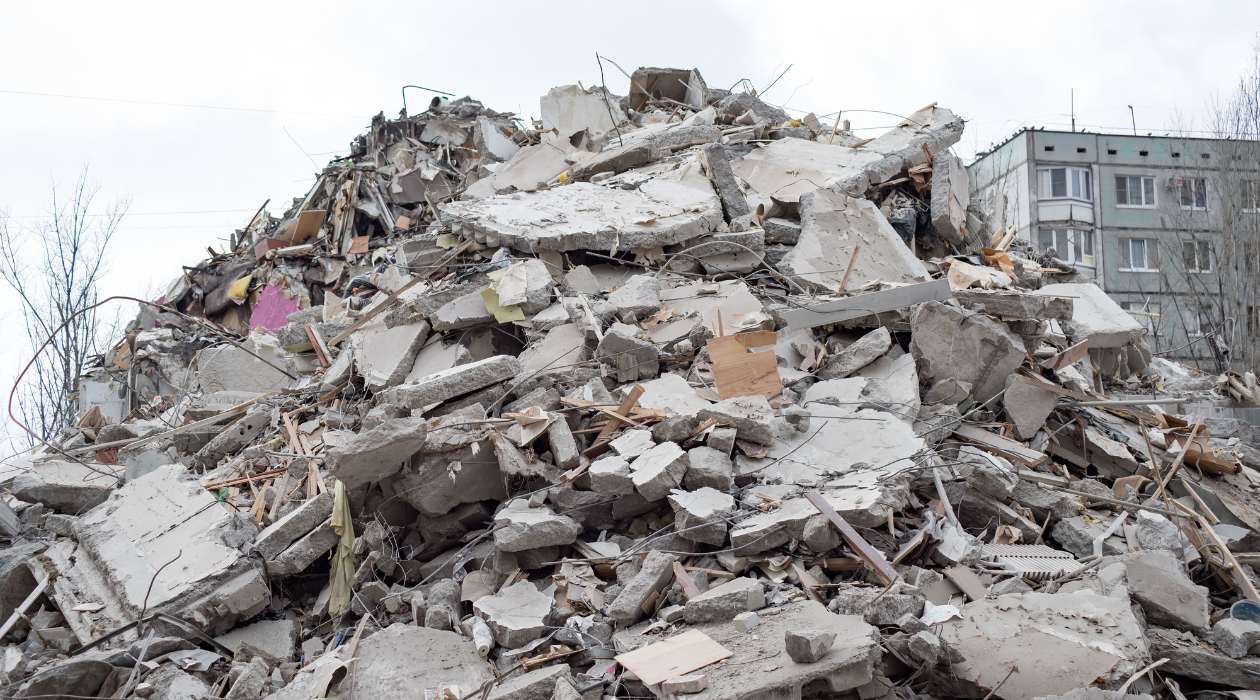
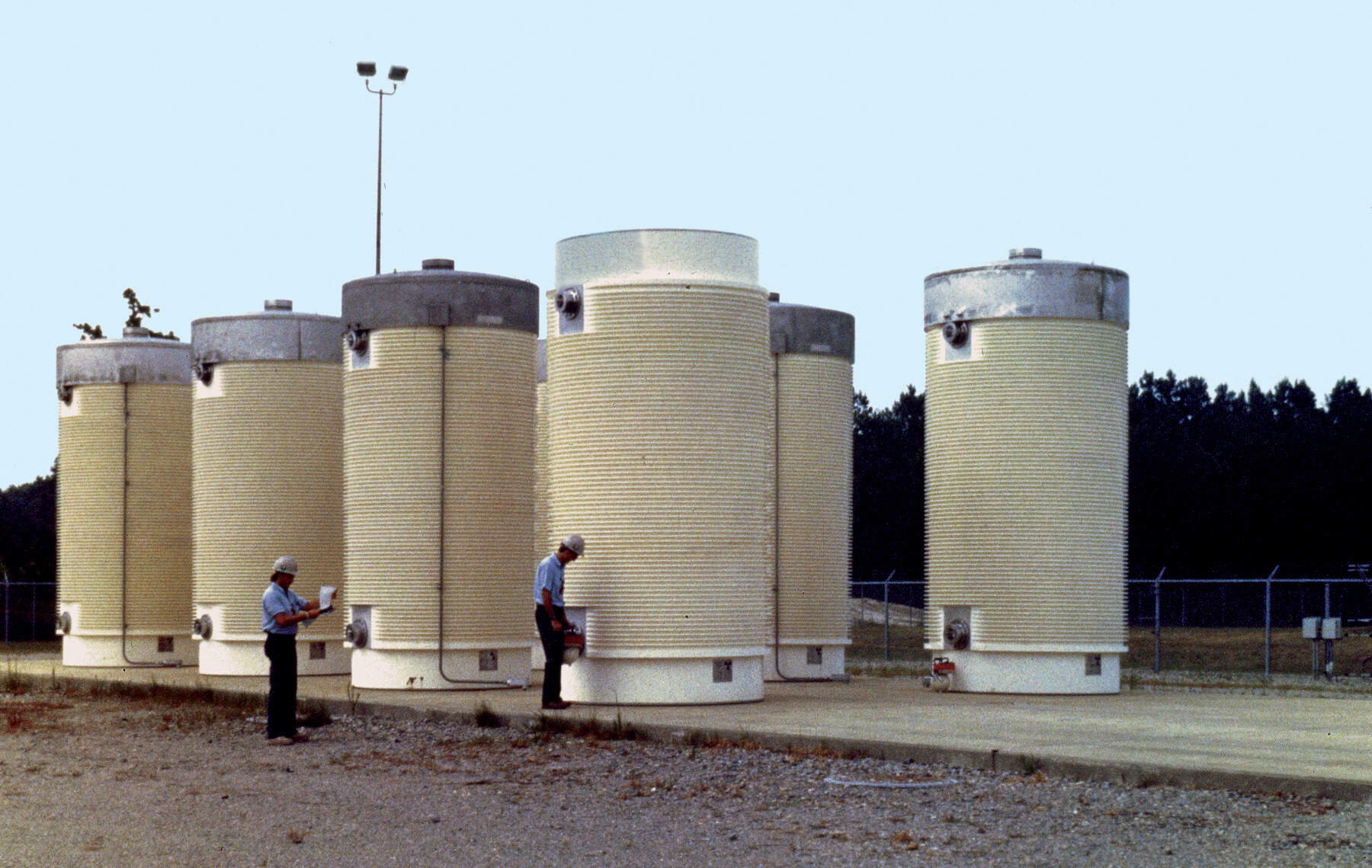
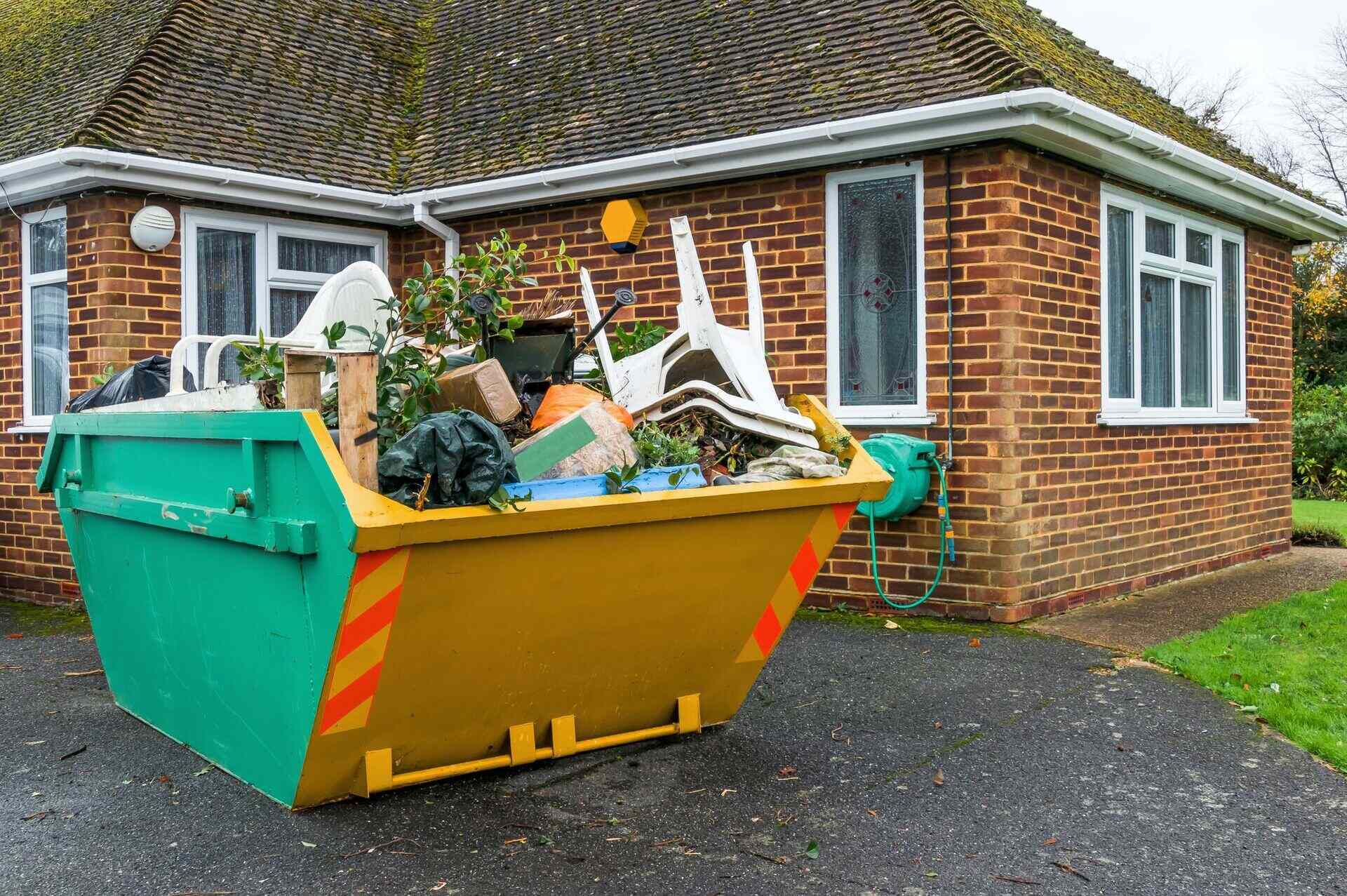
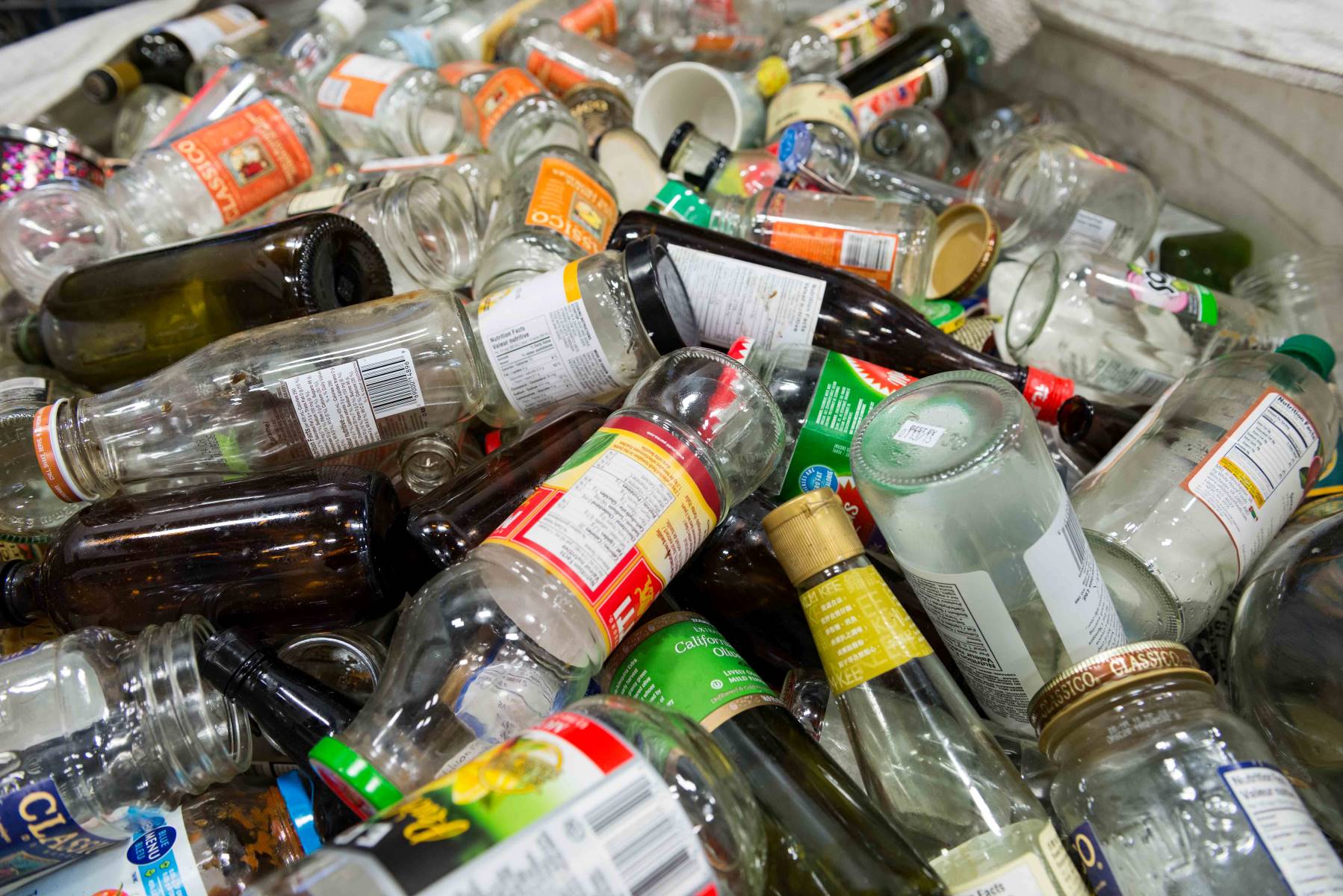

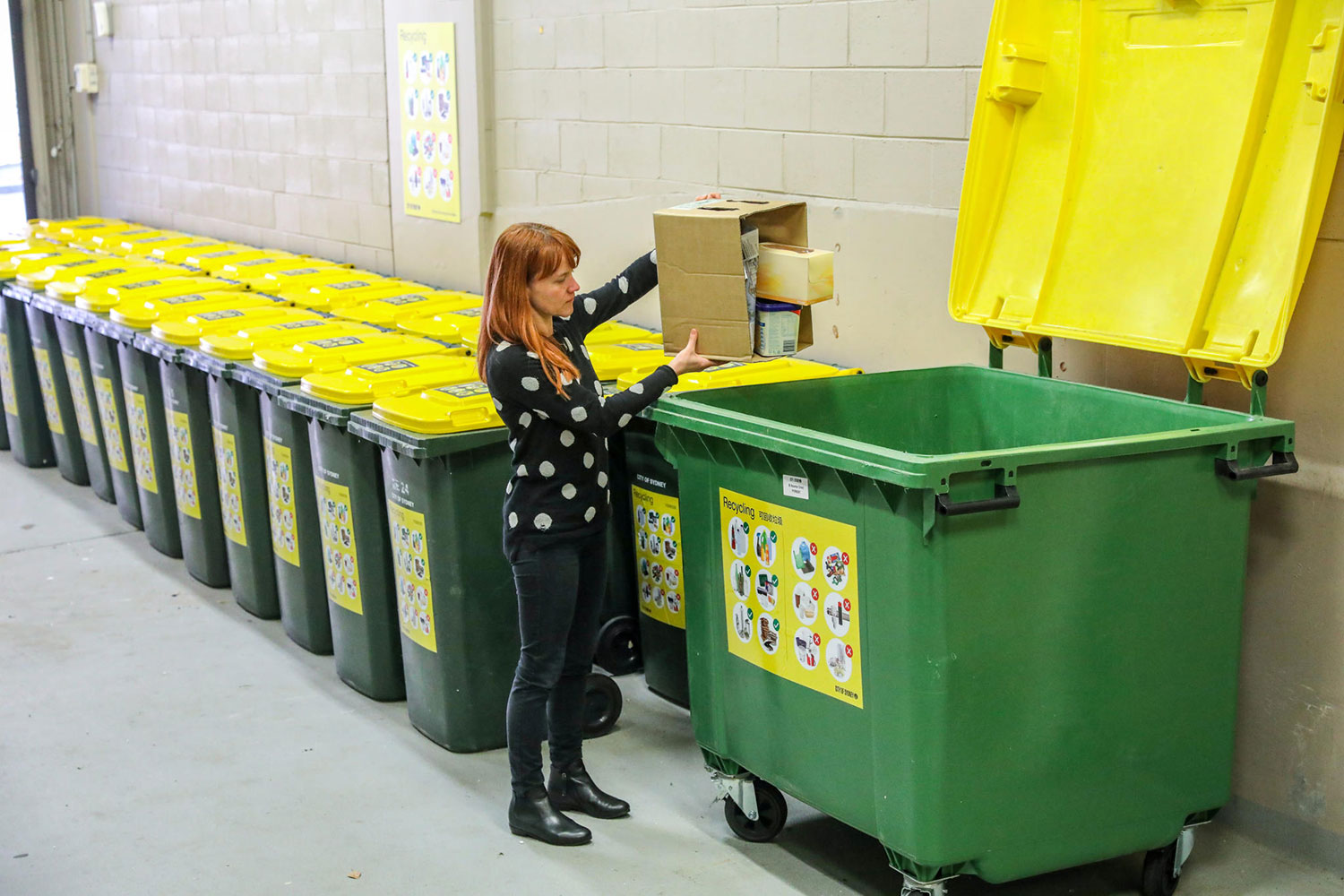
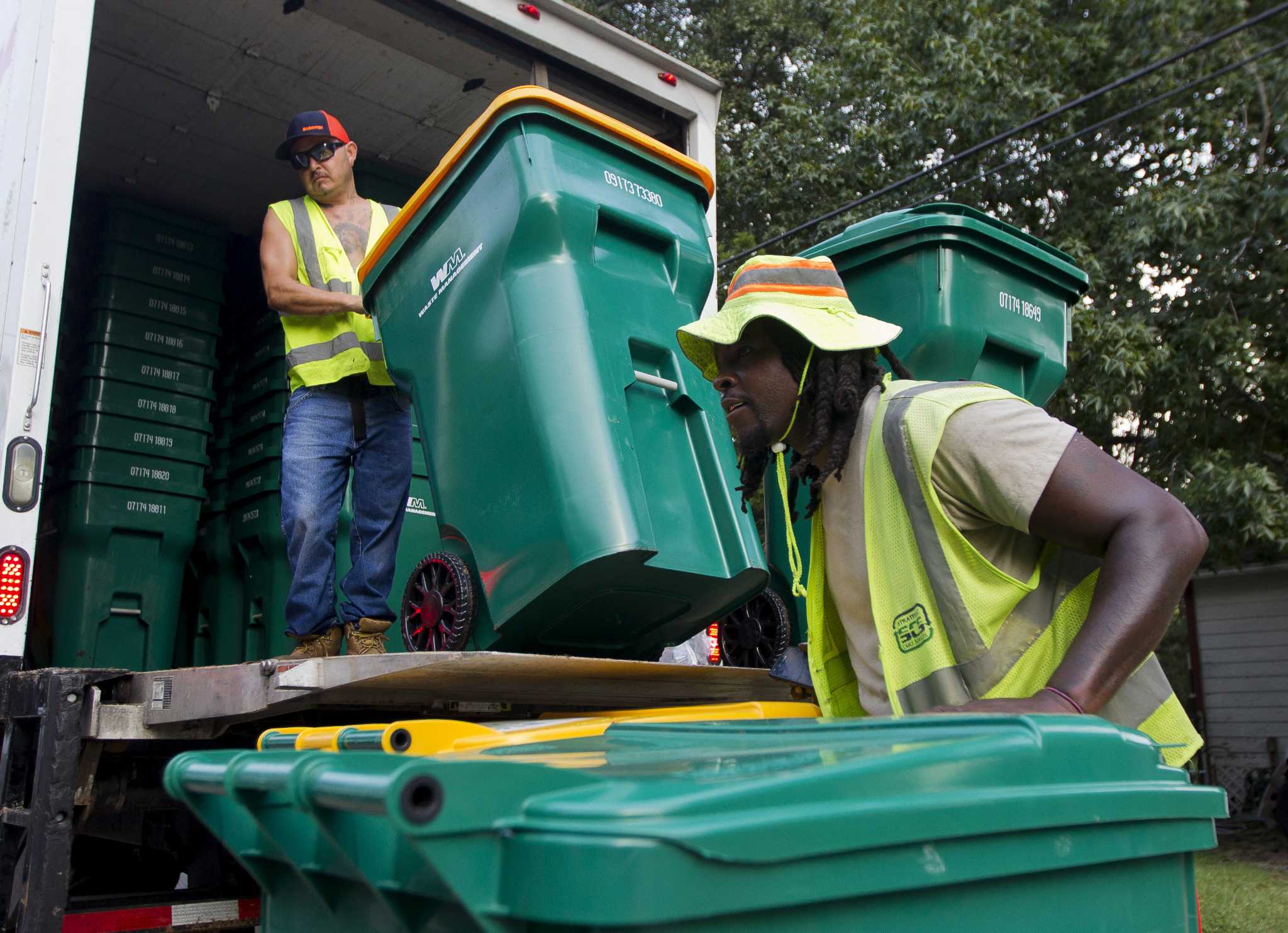




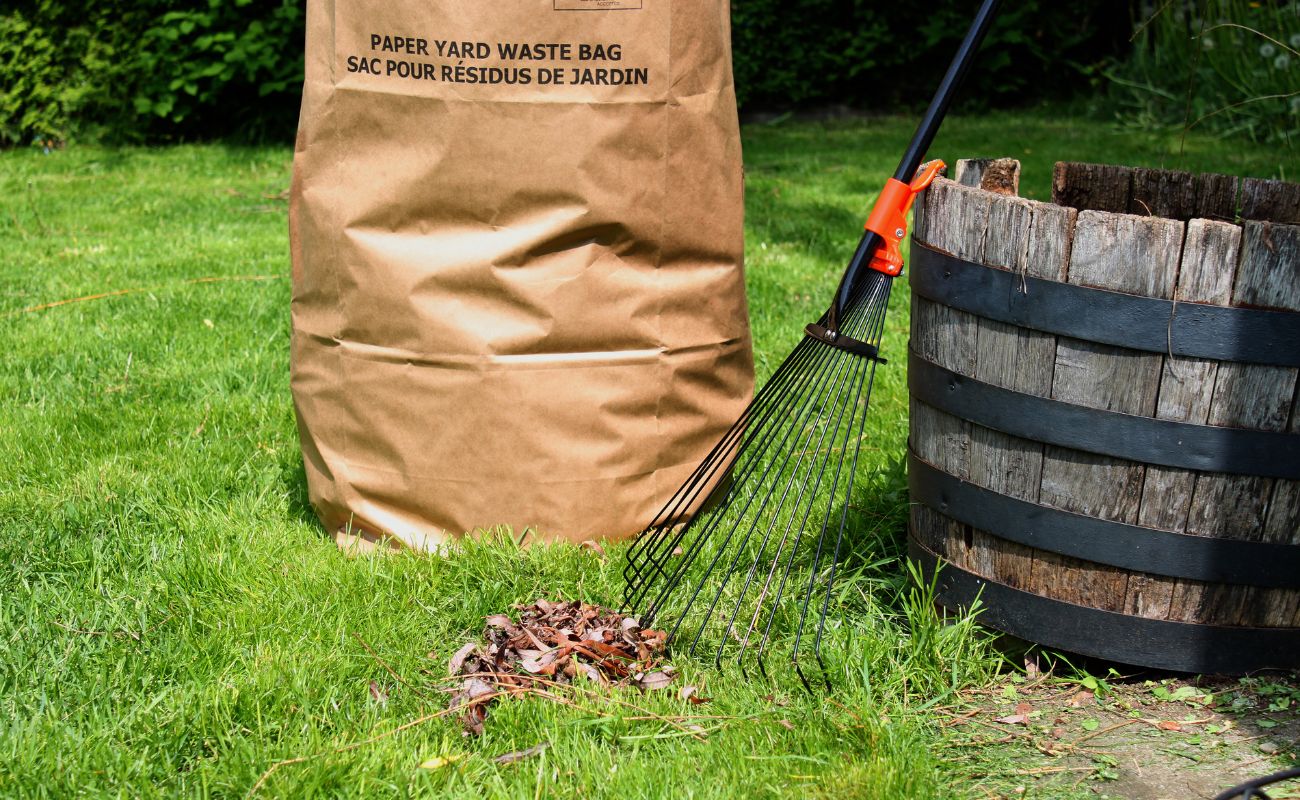

0 thoughts on “How To Recycle Waste From Construction”